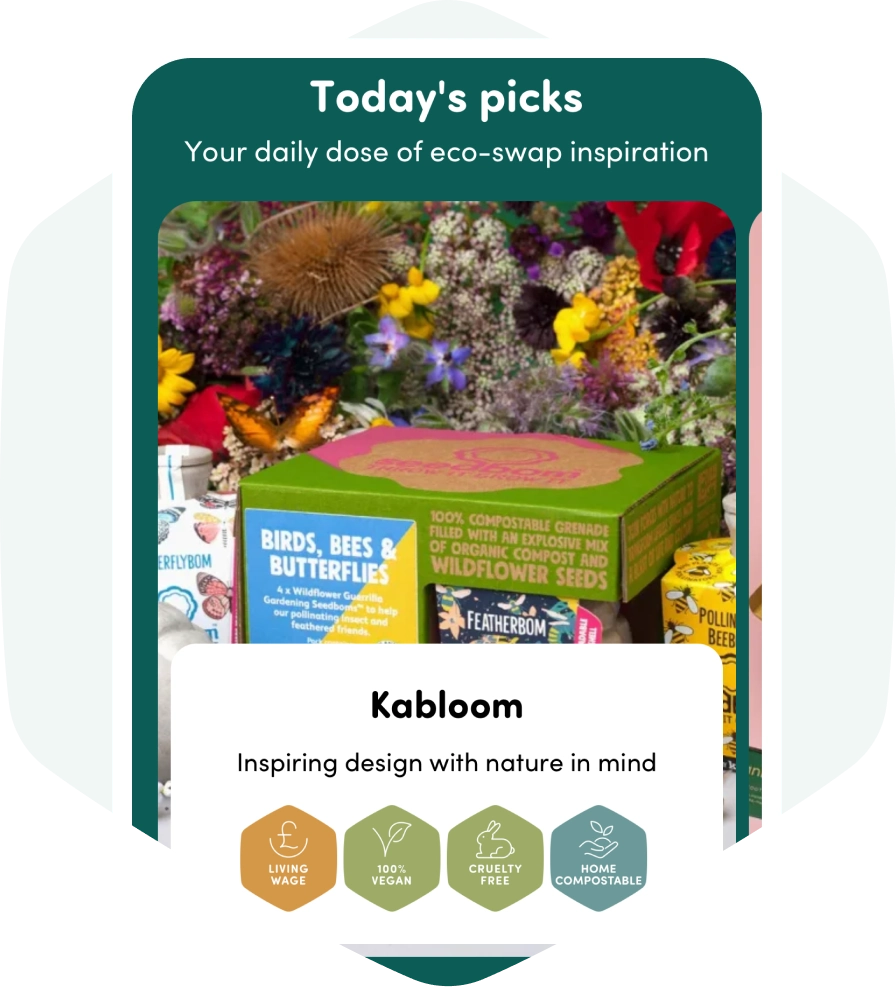There are few things greater than cracking a pint after a long day. The conversation around sustainability is starting to make consumers more aware of what goes into the production and consumption of their drinks. Labels are being checked, and the green credentials of establishments are evaluated before drinking up or dining in.
Thankfully, brands are starting to get behind the green movement and creating their own more sustainable concoctions. Here are some of the most commendable innovations so far.
1. Sustainable Sourcing
The ingredients and products you use to make your drinks can have an environmental impact, and how you source them can create or minimise your impact. One way you can be more sustainable is to review your supply chain.
The brewing and pub sector involves a multitude of people as it supports 936,000 jobs, like farmers, scientists, brewmasters and more. However, building relationships with more local producers and masterminds can minimise your carbon footprint.
You should also review whether your suppliers are making changes toward sustainability. Do they have any organic agricultural practices that benefit the environment? Are they ensuring that their waste is properly disposed of?
2. Plant-Based Ingredients
People may think that most drinks are already quite natural, like how wine is derived from grapes or how Bloody Marys use tomato juice. However, there are actually fewer animal-free alcoholic beverages than you think due to the use of animal-related ingredients.
For instance, vodka jello shots utilise gelatine. Unfortunately, this ingredient is produced from animal bones, skin and cartilage. Other products, like chitosan and isinglass, are sourced from fish and crustaceans. It can make it difficult for vegan consumers to navigate the pub.
Thankfully, entirely plant-based alternatives are being created to improve the texture and mouthfeel of drinks while using more renewable resources. For example, chitosan can use mushroom extracts instead.
3. Environmentally Considerate Packaging Solutions
Packaging has always been prominent in the food and beverage industry. Since the global alcoholic beverage market was valued at $1,762.12 billion in 2024, it is also responsible for using many packaging materials.
Some brands choose products based on their weight and ability to keep drinks cold rather than on how they will affect the environment. However, with the rise of sustainability, more environmentally considerate packaging options have become available.
For example, recycled materials can serve as reliable containers while slowing down the flow of waste. Biodegradable options like paper-based cartons can also minimise environmental impact.
4. Water Conservation Techniques
Water is a must-have at pubs, whether used as the base of a drink or as a chaser. However, it is a limited resource, and bars are encouraged to be slightly more conservative with their use. For instance, pre-dilute drinks and refrigerate them to control how much water is expended.
For those who want to use ice, skip using the machine and hand-cut everything. If there are still leftovers at the end of the service, consider placing them back into the freezer instead of discarding them.
5. Renewable Energy for Production
Brewing uses quite a bit of power. In fact, restaurants and pubs consumed 195 kilowatt-hours of electricity per square metre in 2023. It’s more than the 138 per square metre consumed by retail units. Adopting renewable energy is a key way to power your brewing equipment while avoiding traditional energy sources and lowering your carbon footprint.
Assess what forms of renewable power are available for you. Some breweries are open to installing solar panels. Meanwhile, others are connecting to wind turbines. For the best results, use that same energy to power up your establishment operations.
6. Waste Reduction in Recipes
Variety is the spice of life, but some people have taken too much liberty in adding numerous ingredients to the list. Thankfully, some bartenders are becoming more self-conscious of the waste these create, and are opting to exercise more simplicity.
For example, many have created variations of the classic Negroni. However, even simple variations like adding rosemary to the drink can create subtle and sophisticated changes, especially when it’s lit to add that touch of smokiness.
Dealing with leftover fruits and vegetables that are going bad soon? You can put them in a freezer and grind them into a powder for a zero-waste garnish.
7. Deposit Return Schemes
The U.K. is implementing a deposit return scheme that’s been widely successful in Germany, Sweden and Ireland. About 6.5 billion single-use bottles and cans are sent to waste each year, and this kind of arrangement can promote returning these to control plastic waste.
While the government has deposits, breweries and pubs can also create a smaller-scale deposit scheme. These schemes will collect all the containers used to ensure they are appropriately recycled.
Ensure the Future of Sustainable Drinks
The drinks scene is bound to get more responsible as brands and establishments recognise the importance of minimising waste and environmental impact. Seek and support those making strides to encourage others to do the same. With time, you can enjoy guilt-free drinks everywhere.
You may also like...
Sign up for our newsletter
Get the latest sustainability news delivered directly to your inbox.






